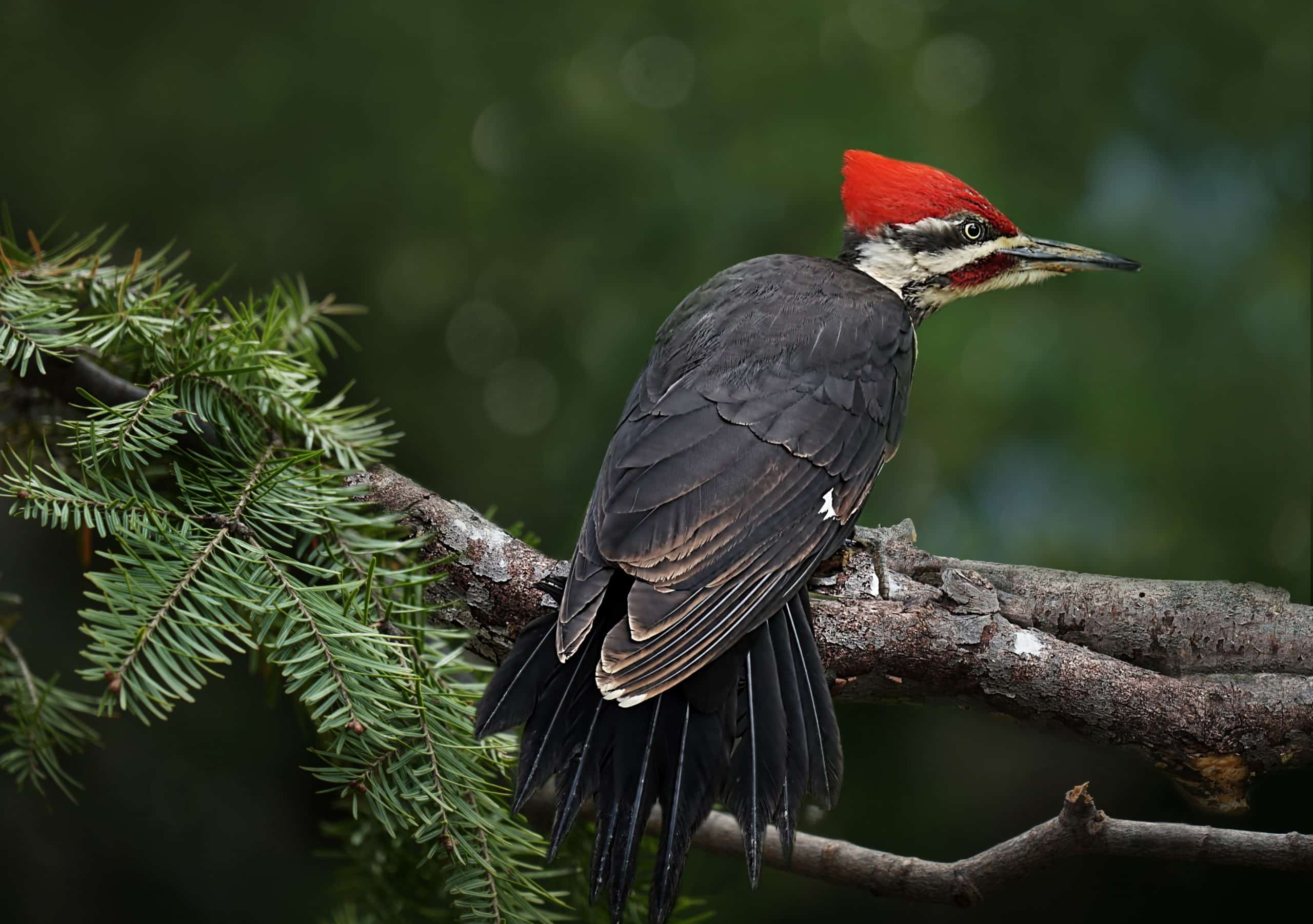Finding Woodpeckers in Florida: Types Diversity and Natural History
Finding Woodpeckers in Florida: Types Diversity and Natural History
Blog Article
Revealing the Keys of Woodpeckers: Behavior, Habitat, and Extra
Woodpeckers, with their unique behaviors and specialized adjustments, have actually lengthy fascinated scientists and nature fanatics alike. By revealing the secrets surrounding woodpeckers' behavior and habitat selections, a much deeper understanding of these avian wonders arises, supplying a look right into their remarkable world.
Woodpecker Behavior Insights
In examining woodpecker actions, a remarkable screen of specialized skills and adjustments arises, dropping light on their remarkable eco-friendly specific niche - Woodpeckers in Florida. Woodpeckers, recognized for their unique drumming on trees, have a range of behavior traits that add to their survival and success in their setting. One vital habits is their drumming, which offers multiple objectives such as communication, establishing region, drawing in companions, and finding food sources. This rhythmic pecking also showcases their remarkable strength and endurance, as they can hammer away continuously at broadband without triggering damage to themselves.
Additionally, woodpeckers exhibit an one-of-a-kind feeding behavior characterized by their capacity to extract pests from tree bark utilizing their specialized beaks. Their lengthy, barbed tongues aid in catching victim, while their strong neck muscles provide stability and precision throughout pecking movements. This feeding strategy enables woodpeckers to access surprise insect larvae and remove them with exceptional performance.
Environment Preferences and Selection
What variables influence the habitat preferences and choice of woodpeckers? One important factor influencing woodpecker habitat choice is the schedule of ideal nesting websites. Woodpeckers typically choose woodlands with a mix of mature trees that supply ample possibilities for dental caries excavation.
Furthermore, woodpeckers show a choice for environments with an abundant supply of food sources. They are primarily insectivorous, eating beetles, ants, larvae, and various other bugs found in worn out wood or tree bark. Woodpeckers often tend to prefer wooded locations with a varied insect populace to fulfill their dietary needs.
Additionally, the existence of dead or worn out trees is one more key aspect in woodpecker environment selection. These trees not only give food resources yet additionally supply appropriate substratum for tooth cavity excavation. Dead trees are essential for the upkeep of healthy woodpecker populations, as they play an essential duty in the woodpeckers' life process and environment dynamics.
Feeding Habits and Diet Make-up
Woodpeckers show a specialized feeding habits concentrated on foraging for insects within numerous habitats. In addition to insects, woodpeckers likewise consume tree sap, fruits, nuts, and seeds, adding range to their diet depending on the season and availability of food sources.
The foraging techniques of woodpeckers are well-adapted to their arboreal way of living. Woodpeckers play a vital function in keeping the wellness of woodlands by controlling insect populations and aiding in the decay of wood.
Drumming Seems and Interaction
Using quick drumming noises on different surfaces, woodpeckers employ a distinctive form of interaction to signify region boundaries and bring in mates. This drumming actions is not just a way of communication but also works as a method for woodpeckers to develop their More hints visibility within a certain area. The intensity, rate, and pattern of the drumming can convey important info to other woodpeckers around.
Woodpeckers utilize drumming sounds to introduce their existence in an area and to warn off prospective intruders. The loud and repeated nature of the drumming serves as a clear signal to various other woodpeckers that the location is currently declared. This aids in reducing problems and decreasing physical conflicts between people.

Survival Adaptations and Specialized Anatomy

Final Thought
In final thought, woodpeckers exhibit one-of-a-kind actions, such as drumming noises for communication, and have actually specialized composition for survival in their chosen environments. Their feeding practices and diet structure even more show their versatility to various environments. By comprehending these aspects of woodpeckers, scientists and guardians can much better safeguard and preserve these interesting birds and their communities.
Report this page